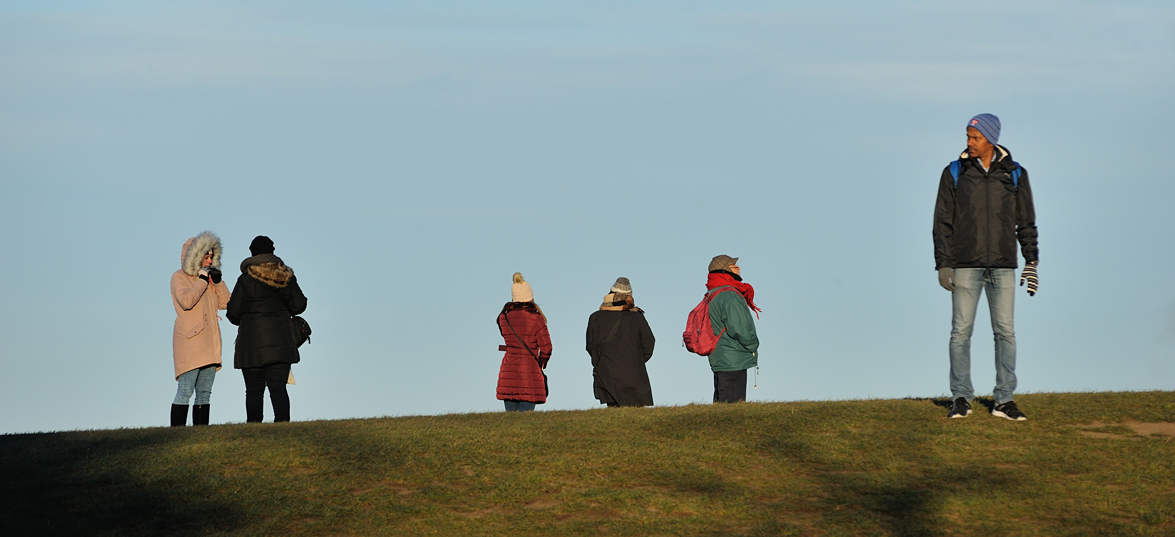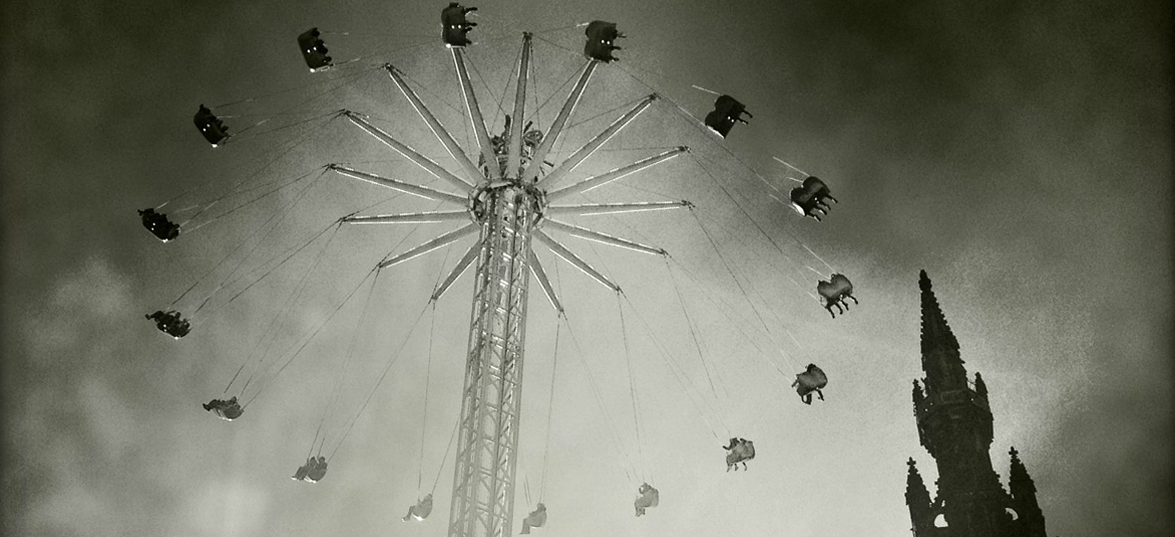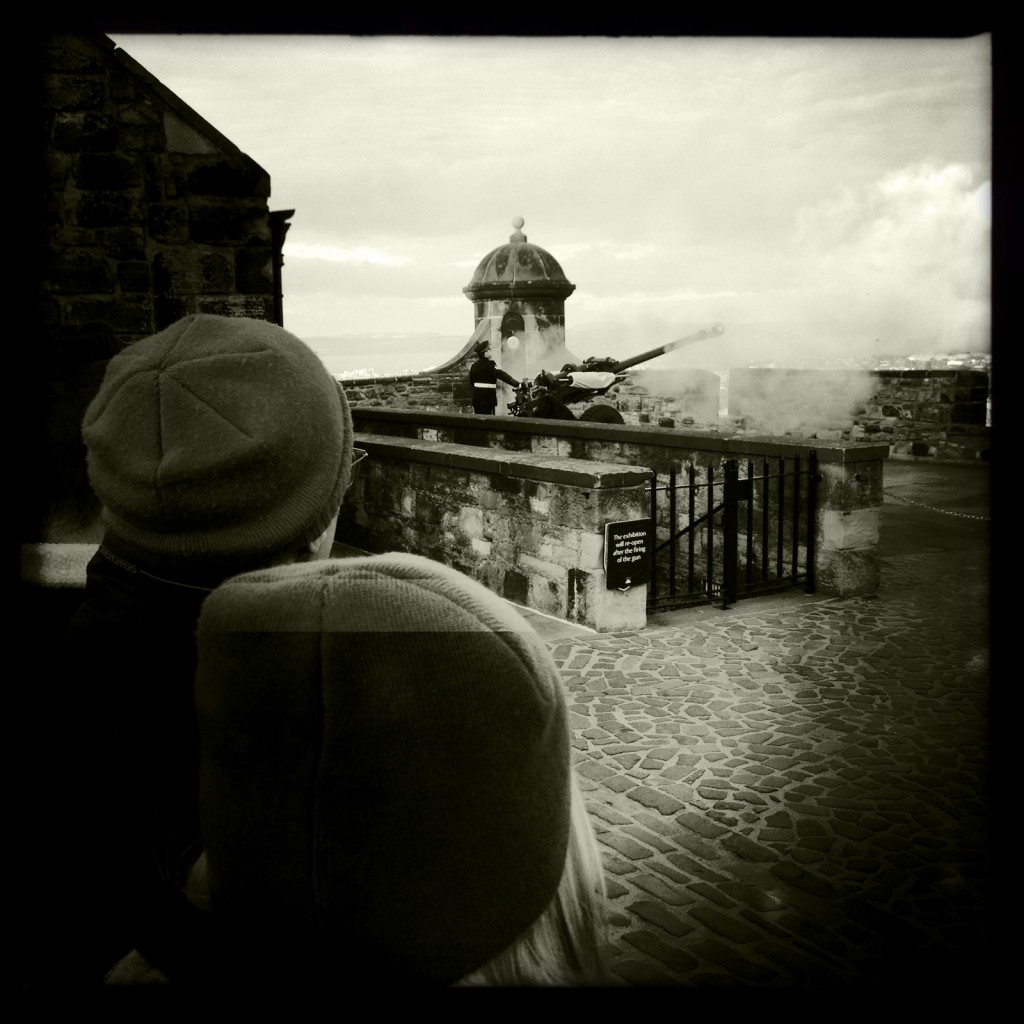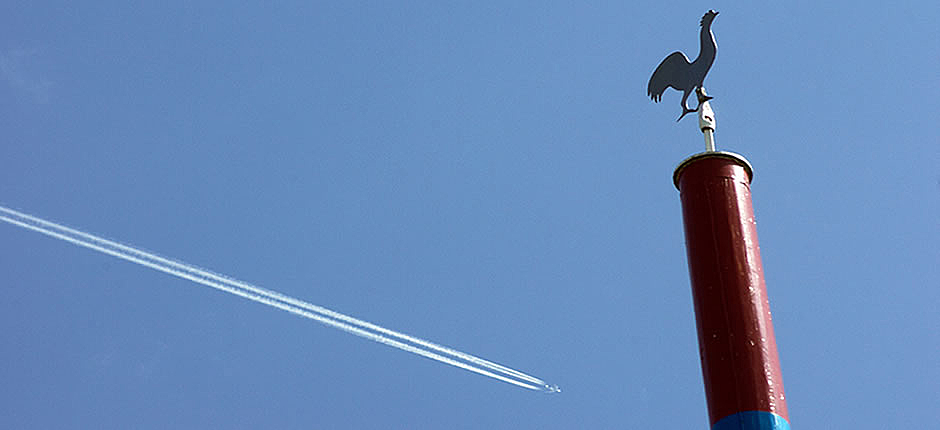 The Portfolio gallery features editorial, documentary, landscape, portraiture and promotional images from self-initiated and client projects.
The Portfolio gallery features editorial, documentary, landscape, portraiture and promotional images from self-initiated and client projects.
Edinburgh: Seven Hills
Edinburgh: Seven Hills | Street and Landscape Photography
“Edinburgh isn’t so much a city, more a way of life… I doubt I’ll ever tire of exploring Edinburgh, on foot or in print.”
Ian Rankin
‘in eden Edinburgh, centred on the rock
our city with your seven hills and heavens’
To Edinburgh’ by Valerie Gills
‘Edinburgh is one of Britain’s most beautiful cities, ‘a dream in masonry and living rock’ perched upon ancient crags, with the medieval maze of the Old Town gazing across verdant gardens to the Georgian elegance of the New Town.‘
AA Guidebook to Edinburgh
The description above does come from a guidebook but beautifully sums up the appeal of visiting Edinburgh. It’s one of my favourite cities in the UK. Fortunately, it’s only around 1hr 40 mins train ride away from where I live. Close enough for a good day trip out.
My first visit took place in 1992. That was a quick day visit with no real-time to explore but it was memorable for discovering the atmospheric. vibrant and welcoming old and new town. Little did I know that a return to Edinburgh didn’t happen until 2015 when I travelled up to visit the Christmas market.
The photographs seen in the gallery date from 2015 onward.
Street Photography
The gallery includes quite a lot of candid street photography, an area of photography I’d like to explore more. The bus commuter images are among my favourites. The images were taken in the rush hour from the window of the apartment I was staying in on Princes Street. Traffic lights regularly stop bus traffic – cars are not allowed along the street. The harsh light from the buses and other sources just add to the isolation.
The level of detachment from the other passengers fascinated me. The passengers seem to care little for interaction with other passengers. Mobile phones, mp3 players, Kindles, books, newspapers or just staring out the window helping to pass the time on the journey. They were surrounded by people, and yet acknowledging no one. They just continue on their journey home. It’s something I’d like to explore further and I certainly intend doing more street photography of the bus commuters at a later date.
Calton Hill
Calton Hill provided quite a few good images when I visited one icy afternoon. The wind cut through you like a knife. That didn’t deter tourists were there in droves taking selfies or admiring the Edinburgh landscape. The National Monument of Scotland especially seems to draw quite a few people for family photographs and photos for social media.
My visit to Calton Hill was initially to look for a photo location that I’d heard about. The view looking down Princes Street was taken at that location. Calton Hill is very popular and I managed to get some great street photography images. The photograph at the top of this post was taken just a few footsteps from the viewing area looking down Princes Street.
Related Galleries
The photographs in this gallery form part of the Scotland: Lowlands, Highlands and Islands project.
My 2015 Edinburgh photography called ‘The Two Towns’ can be found HERE
Photography Prints
If you would like to purchase a print then the Richard Flint Photography RedBubble store has a wide range of images available.
Framed prints, canvas prints, art boards, metal prints, acrylic block plus lots more can be found on the RedBubble store HERE.







